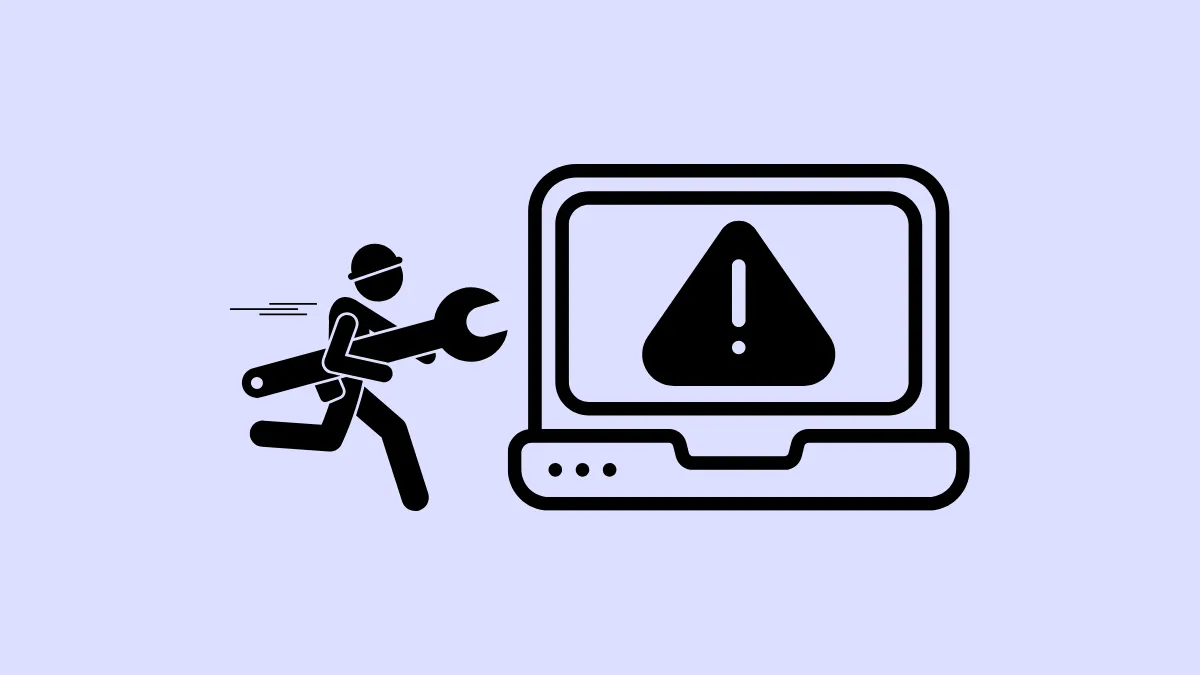Windows 11 24H2 introduces several system improvements, but some users report random freezing and stuttering issues, especially during routine tasks like typing in VS Code or browsing the web. These freezes typically manifest as delayed text input, screen stuttering, or rendering glitches where parts of the screen fail to update properly. Often, these symptoms point to graphics driver conflicts, incompatible settings, or problematic system updates. Here are the most effective methods to fix Windows 11 24H2 freezing randomly.
Update Your Graphics Card Drivers
Outdated or incompatible graphics drivers frequently cause freezing and rendering issues. Updating your GPU drivers ensures compatibility with Windows 11 24H2 and often resolves these glitches.
Step 1: Right-click the Start button and choose "Device Manager" from the menu.
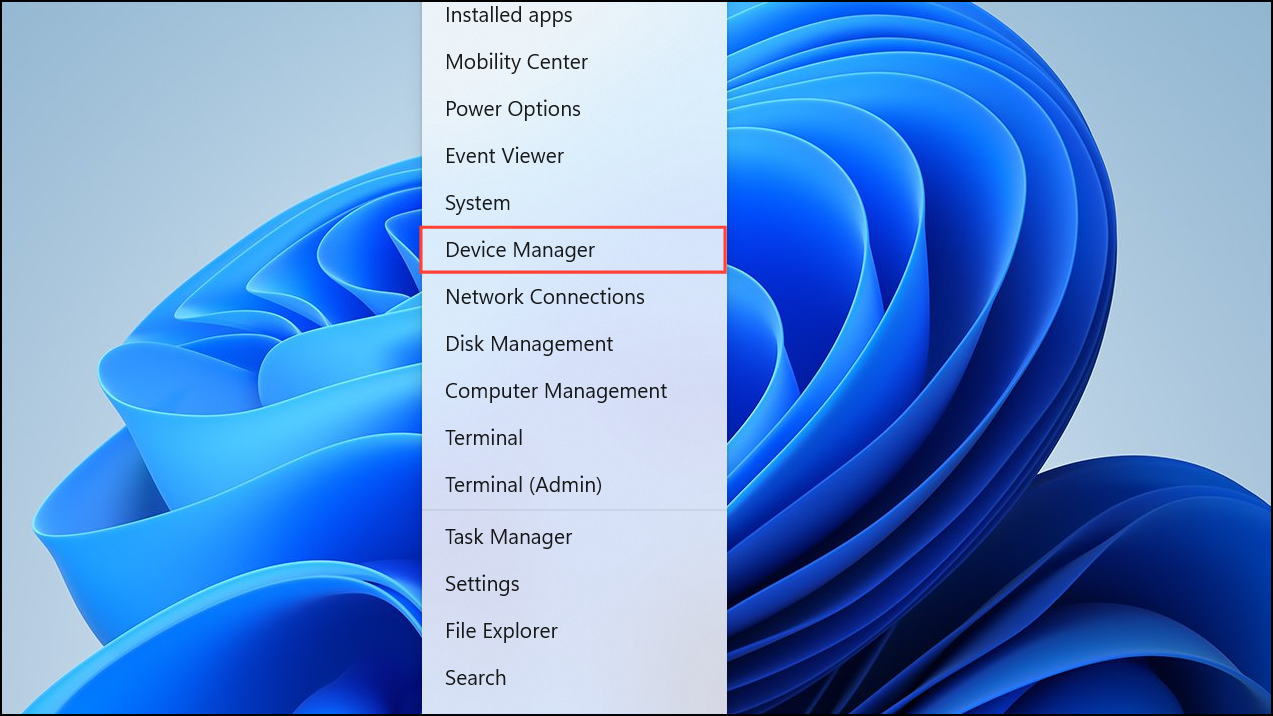
Step 2: In the Device Manager, expand "Display adapters", right-click on your graphics card, and select "Update driver."
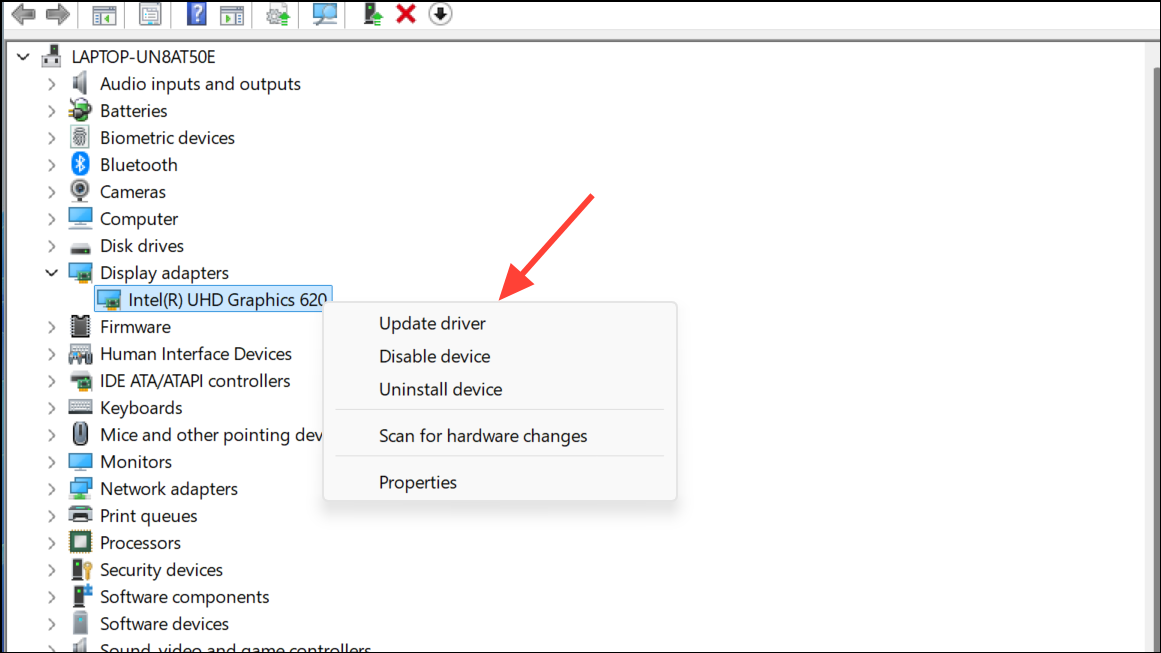
Step 3: Choose "Search automatically for drivers" and follow the prompts to install the latest available driver. Restart your system once the update is complete.
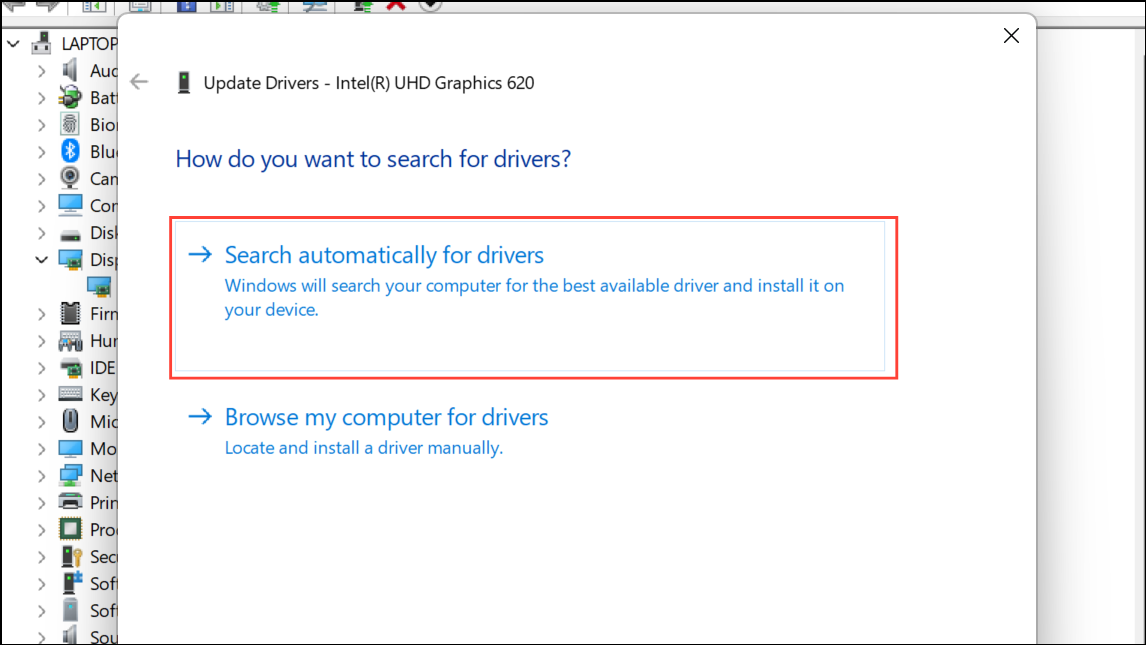
Disable Optimizations for Windowed Games
Windows 11's optimization features for windowed games can inadvertently cause random freezing even outside games. Turning this feature off has resolved freezing issues for many users.
Step 1: Open Settings (press Win + I) and navigate to System > Display. Graphics.
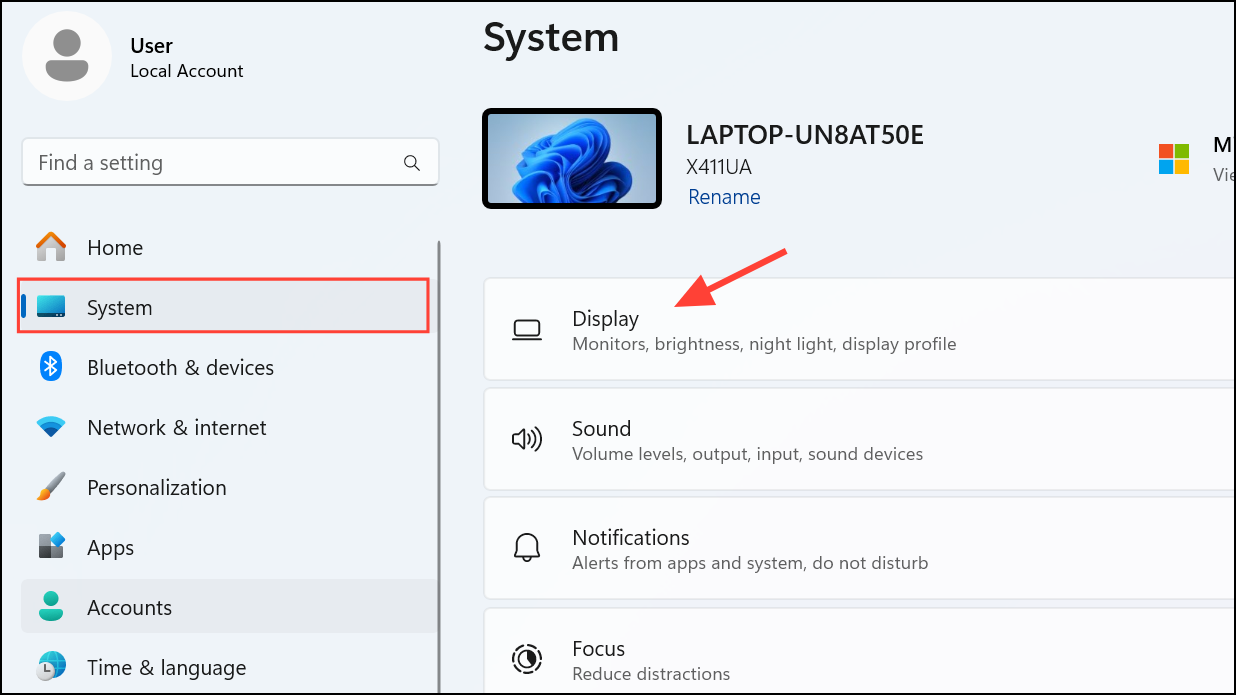
Step 2: On the Display page, scroll down and click on "Graphics".
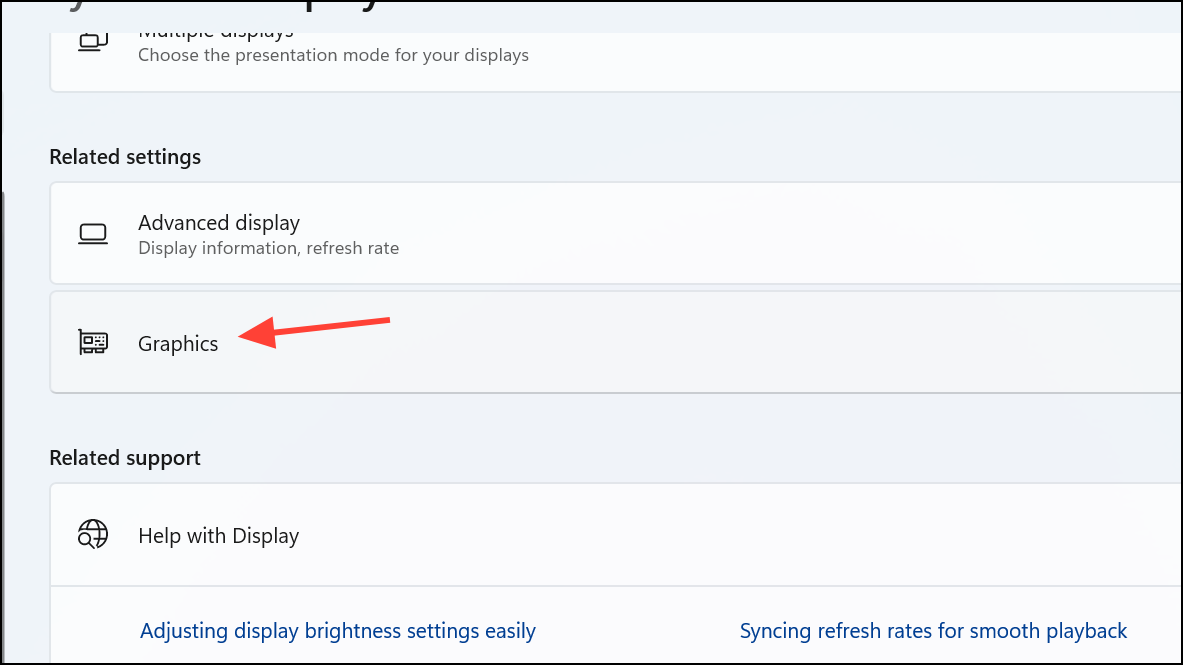
Step 3: Click "Change default graphics settings" and toggle off the option "Optimizations for windowed games." Restart your PC to apply the changes.
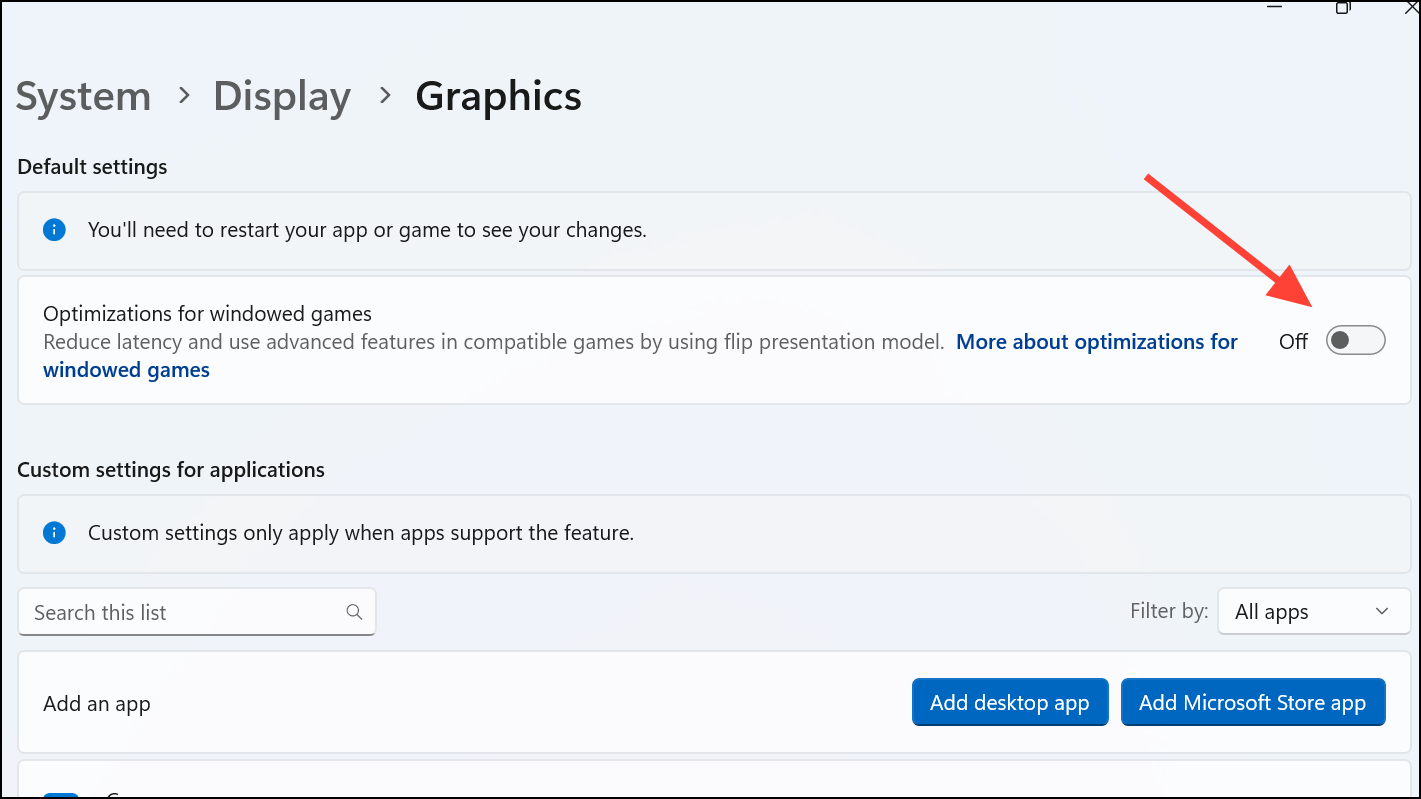
Disable Hardware Acceleration in Affected Applications
Hardware acceleration allows certain applications to utilize GPU resources for smoother rendering, but it can cause freezing if compatibility issues arise. Disabling this feature can improve system stability.
Step 1: For VS Code, press Ctrl + Shift + P, type "Preferences: Open Settings (JSON)" and add the line "disable-hardware-acceleration": true to the settings file.
Step 2: For browsers like Chrome or Edge, go to Settings > System and disable "Use hardware acceleration when available." Restart the application after adjusting these settings.
Adjust Graphics Preferences and Set High Priority
Assigning high priority and dedicated GPU resources to specific applications can eliminate freezing and stuttering. This ensures the apps receive adequate resources for smooth operation.
Step 1: Go to Settings > System > Display > Graphics. Under "Custom options for apps," select "Add desktop app" and click "Browse" to select the executable file of the affected application.
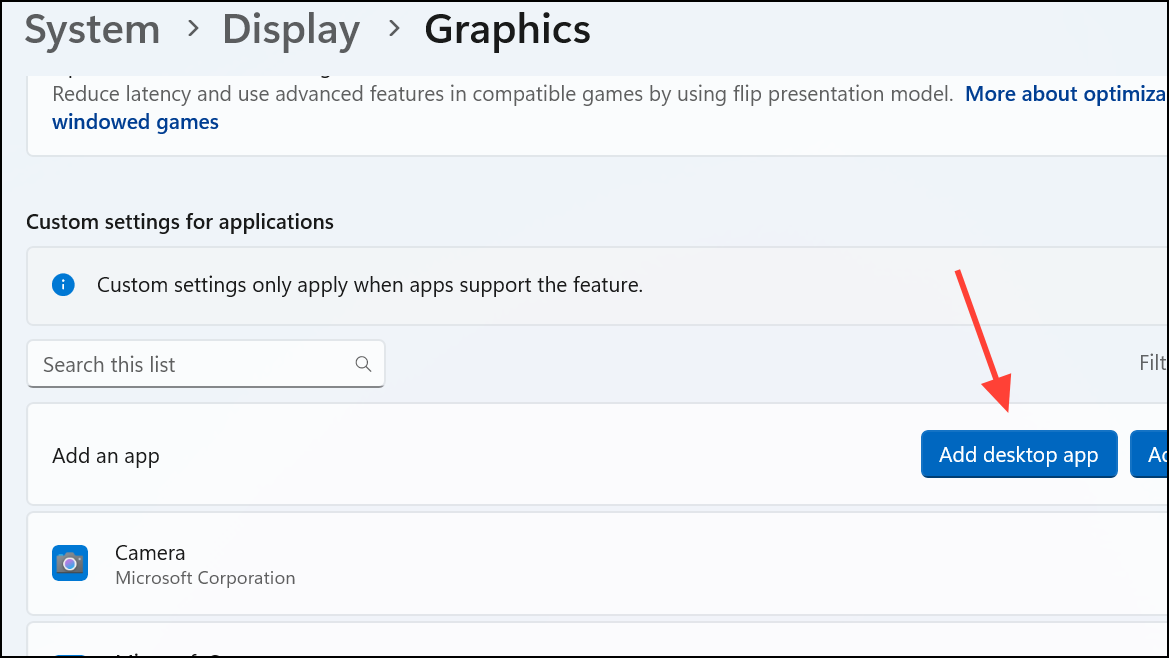
Step 2: After adding the application, click "Options" and set the graphics preference to "High performance."
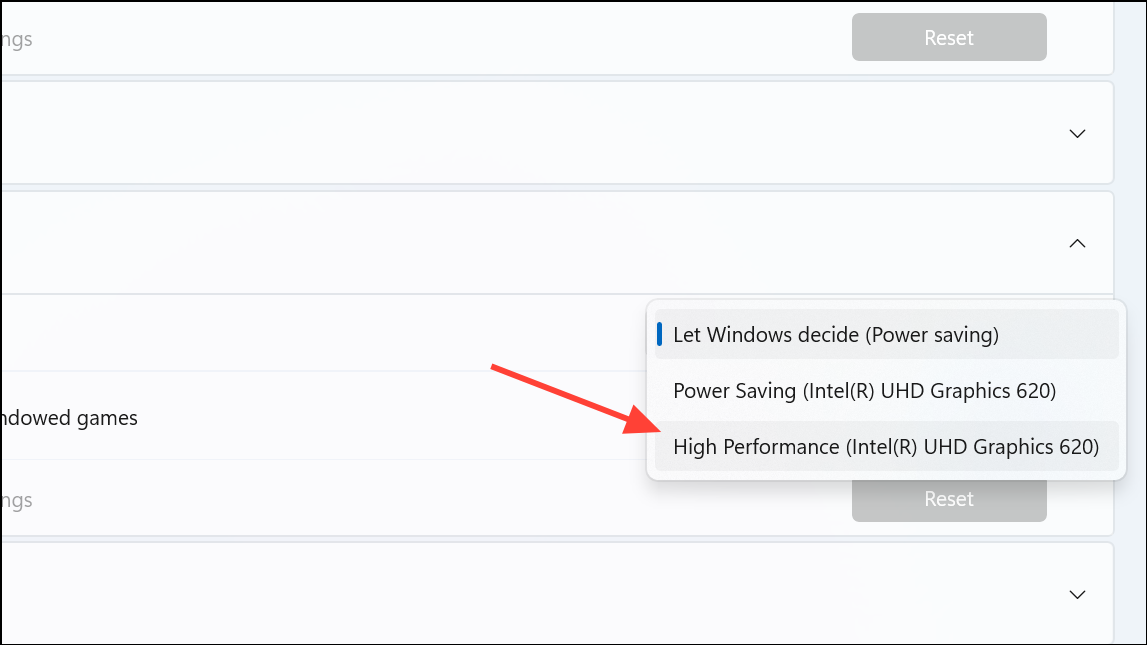
Step 3: Then press Ctrl + Shift + Esc to open Task Manager, navigate to the "Details" tab, right-click the application, and select "Set priority" > "High."
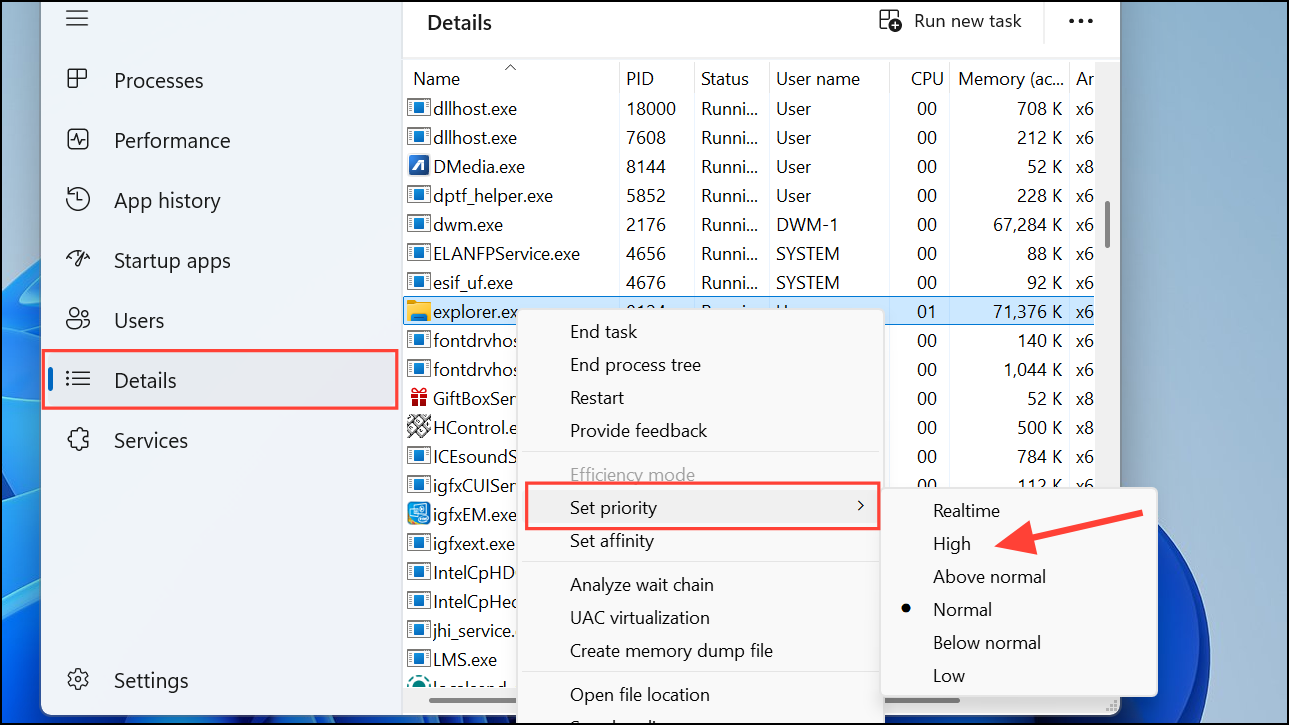
Uninstall Recent Problematic Updates
Occasionally, specific updates introduce system instability. Uninstalling problematic updates can restore system stability and eliminate freezing issues.
Step 1: Open Settings and go to Windows Update > Update history.
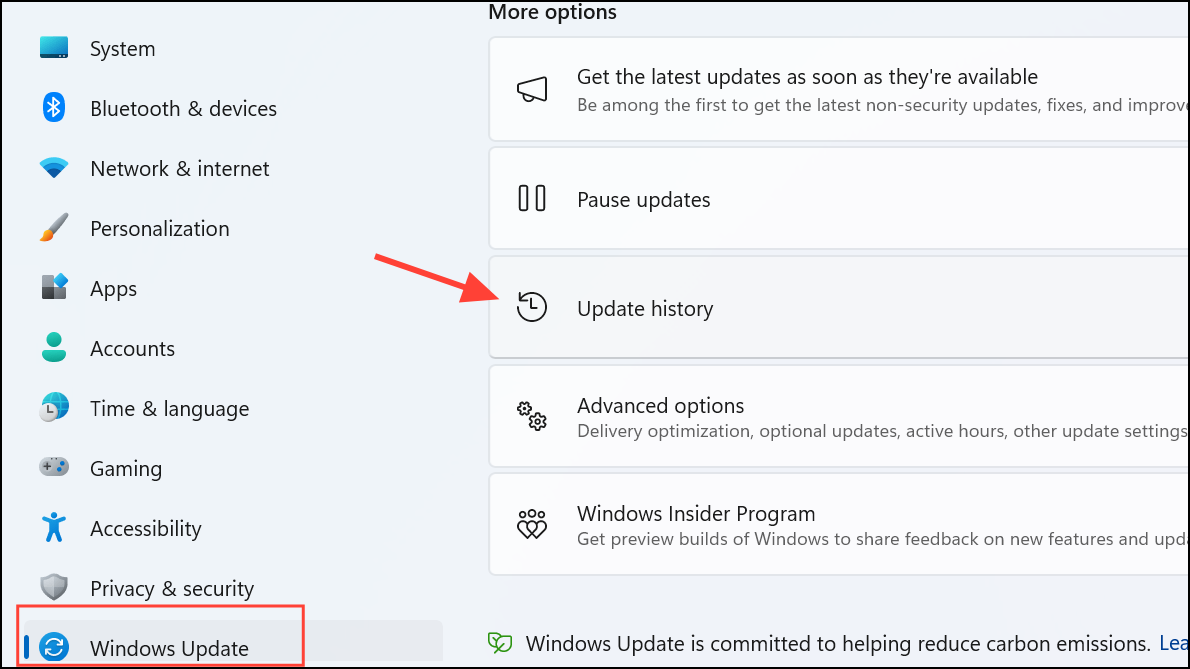
Step 2: Click "Uninstall updates" and locate the recently installed update that coincides with the freezing issue.
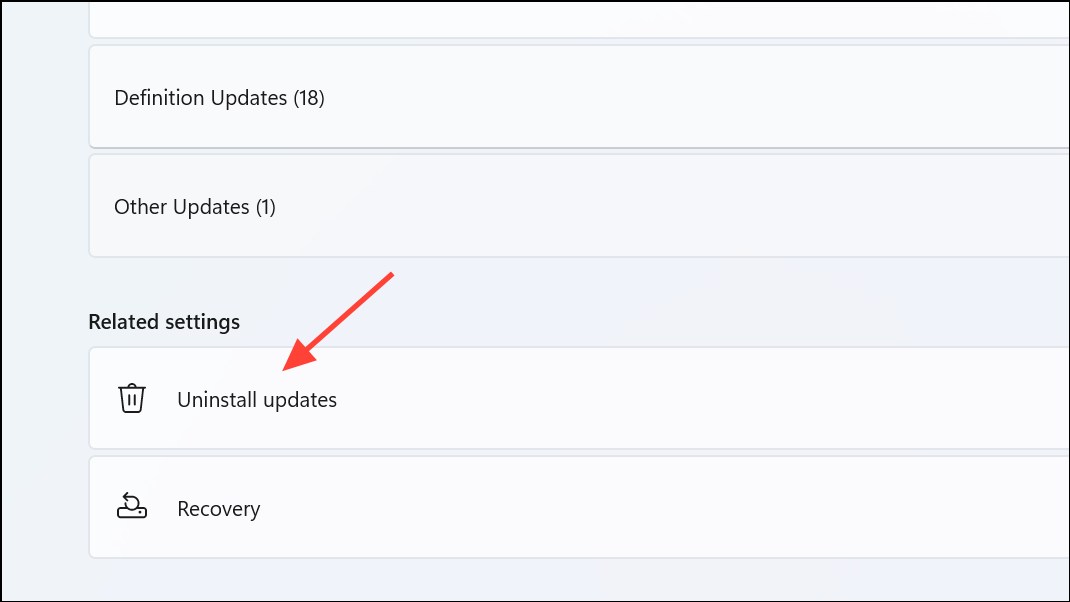
Step 3: Select the update and click "Uninstall." Restart your PC after completion.
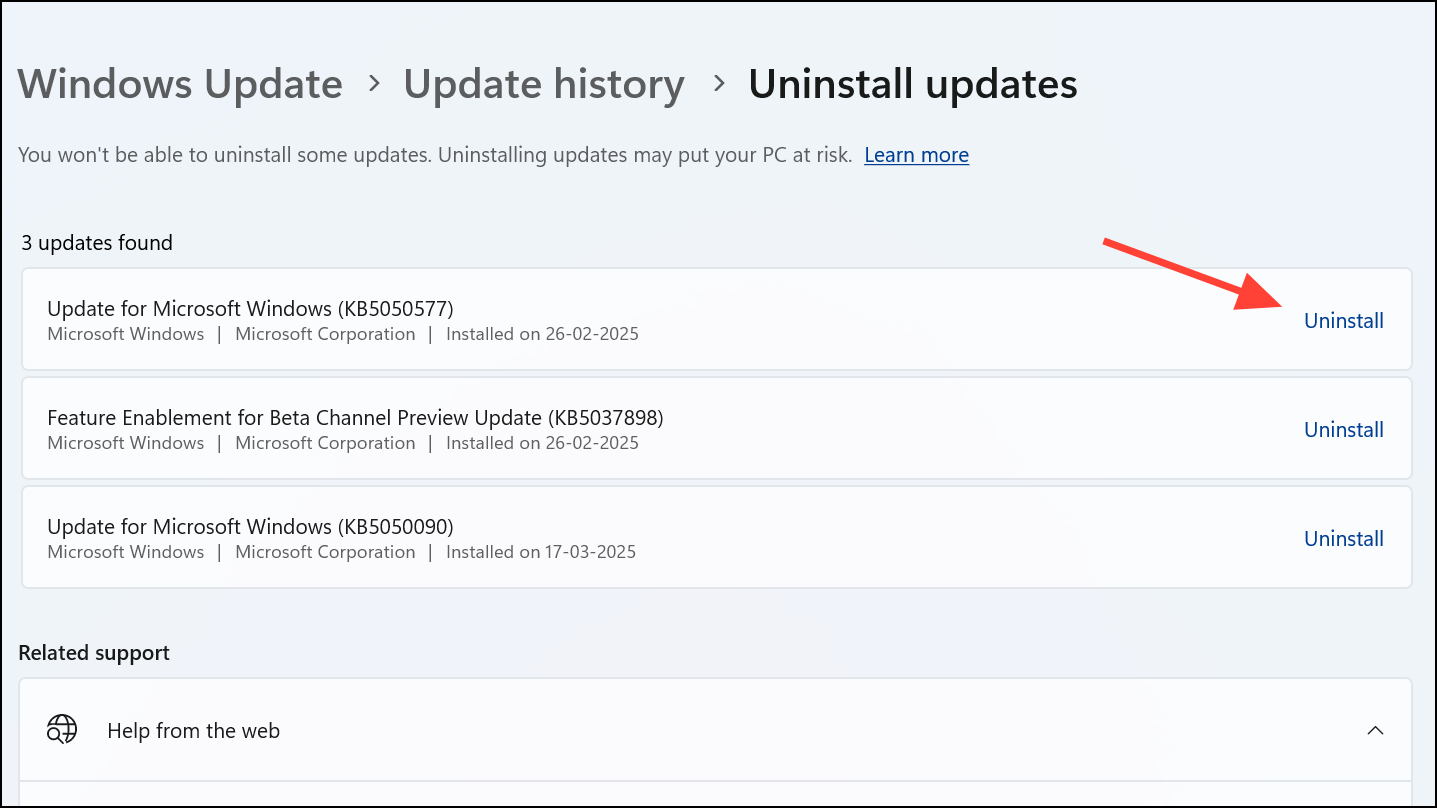
Roll Back to Previous Windows Version
If the above methods fail, rolling back to the previous stable Windows 11 version (such as 23H2) can immediately resolve persistent freezing issues without losing personal data.
Step 1: Go to Settings > System > Recovery.
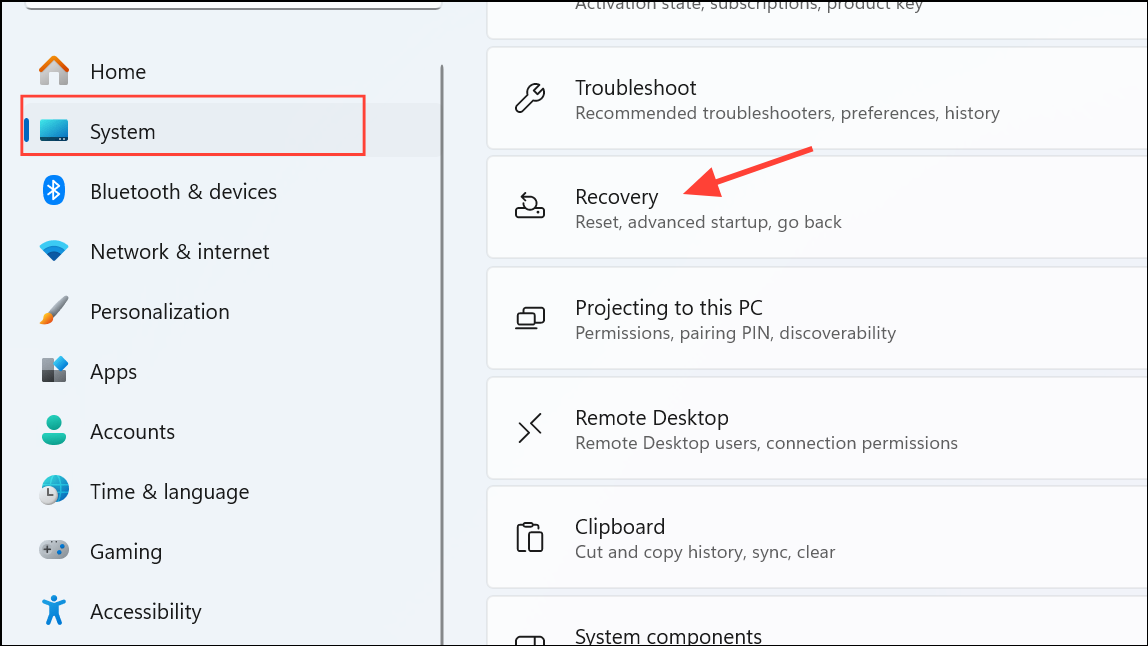
Step 2: Under "Recovery options," select "Go back" and follow the on-screen instructions. This option is typically available within 10 days after updating to version 24H2.
With these solutions, your Windows 11 24H2 system should run smoothly again, free from random freezing and stuttering. Remember to regularly update drivers and monitor system performance after major updates.

